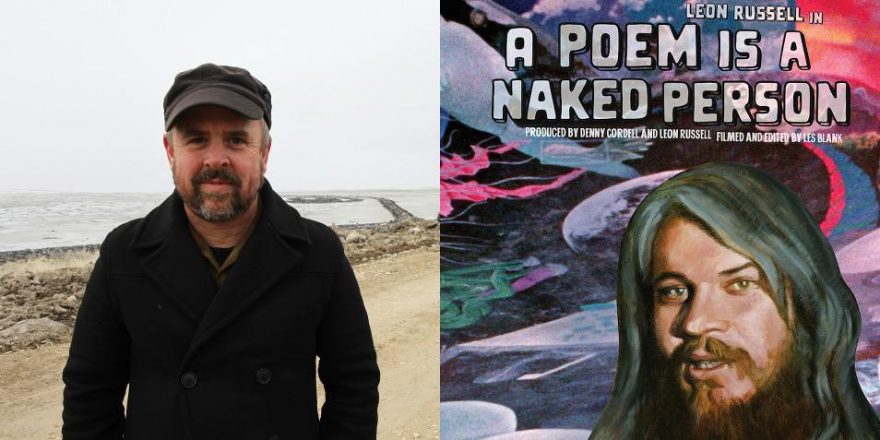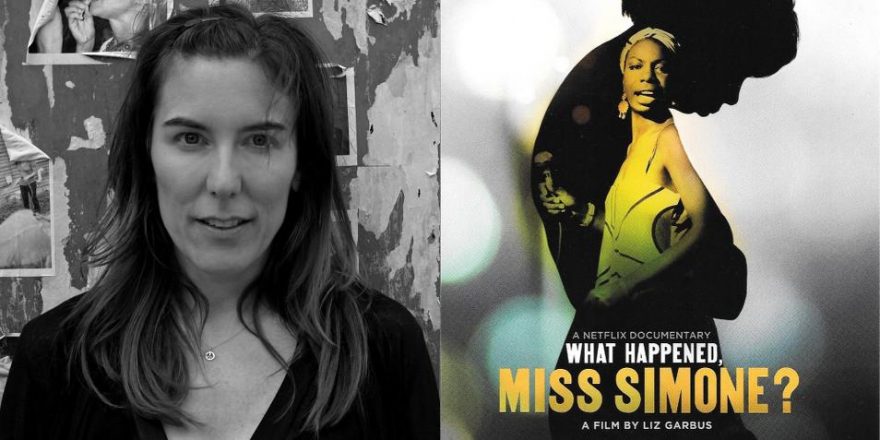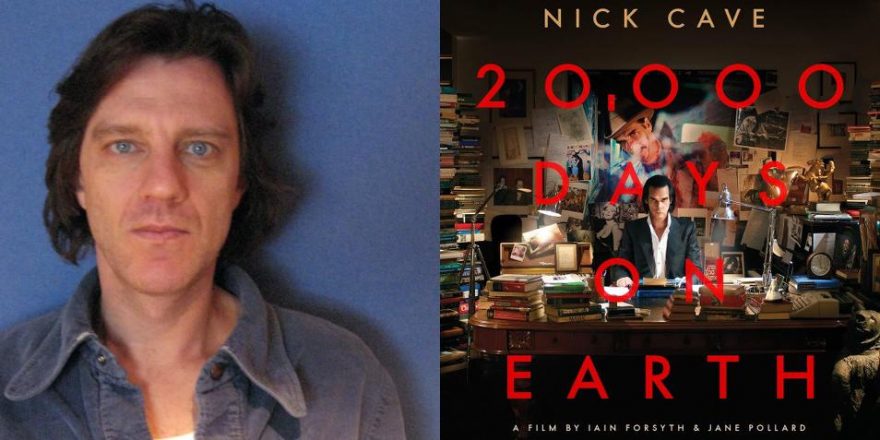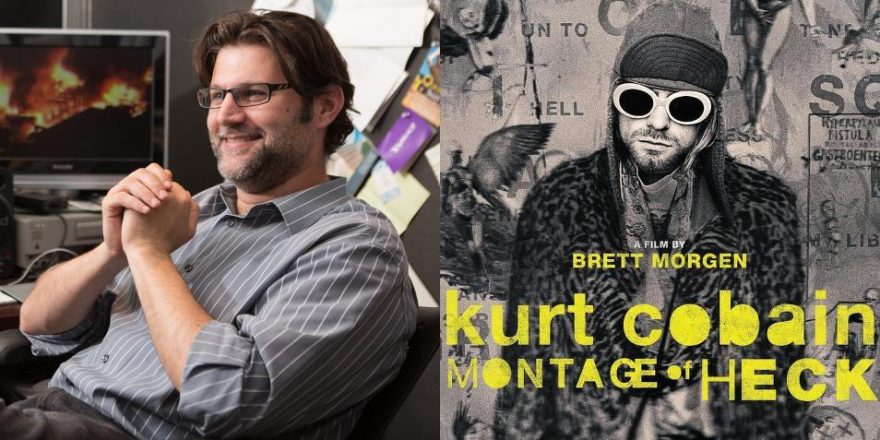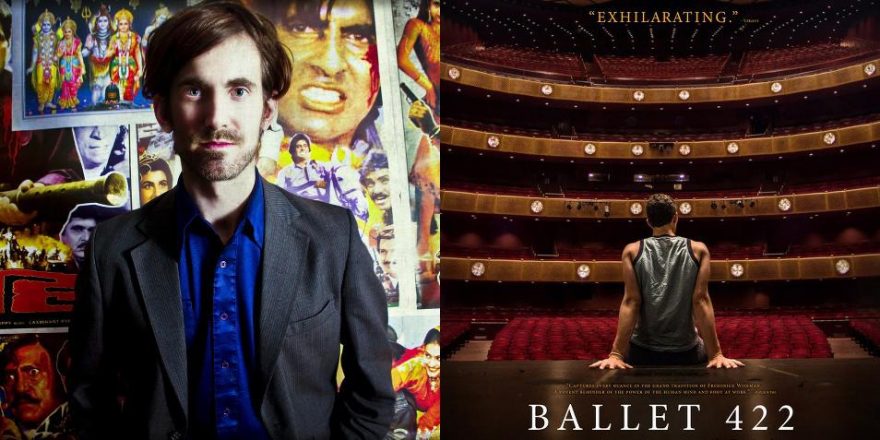A Poem is a Naked Person, Les Blank’s documentary on singer-songwriter Leon Russell, lands at New York’s Film Forum theater today like a time capsule from another world, that world being 1970s Oklahoma. Disowned by its subject, the film’s 1974 Cannes Film Festival premiere was cancelled when the print never arrived. It then sat in Les Blank’s archive, virtually unseen, for over four decades. That’s a tragedy that fortunately has been corrected with its restoration and release.
Russell gained fame as a songwriter and session keyboardist for the likes of the Byrds, the Beach Boys and Bob Dylan before releasing his first solo record in 1970. He struck gold with the ballad “A Song for You” and live performances that fused Southern rock, gospel and New Orleans funk into a raucous, danceable mix. He commissioned the then little-known Blank to document the Nashville recording sessions for his country-inflected 1973 album Hank Wilson’s Back. Instead, Blank spent two years crafting a fragmented magnum opus of Americana, with Russell as its wild-eyed, bearded troubadour.
A Poem is a Naked Person captures Russell’s home state in all its rural splendor: the Main Street parades and tractor pulls, the catfish noodlers and pie-eating contestants. Blank collages all that with loud, sweaty live performances from Russell, with plenty of those hot-girl-in-the-crowd shots that seem obligatory for concert documentaries of this era. Songs including “Tight Rope,” “Shoot Out on the Plantation” and “A Song for You” showcase one of America’s most brilliant musicians at his peak. For viewers who aren’t familiar with Russell, the music here should be a revelation.
But the beauty of this film – and what will drive many viewers crazy – is the editing. A Poem has no discernible structure, its shots strung together in an order that probably only made sense to Blank. But the act of watching a film where you have absolutely no idea what’s going to happen next can be completely exhilarating. We bask in a single three-minute shot of the sun while we hear Russell singing Hank Williams’ “I’m So Lonesome I Could Cry.” A downtown Tulsa office building is imploded. We hear a conversation about capitalism and consumption while we watch a large snake kill a fluffy yellow chick. Then Willie Nelson suddenly appears and performs “Good Hearted Woman.”
The artist Jim Franklin, who we meet catching scorpions and painting psychedelic sea creatures on Russell’s swimming pool walls, is featured heavily both as a subject and an interviewer of sorts. There are drunken backstage philosophical musings by Russell and band members, which are occasionally profound but mostly humorous when seen now. Old-timers, Native American dancers, little kids singing, a hippy wedding; I can’t even begin to list all the seemingly incongruous footage this film somehow splices together.
Needless to say, when Blank delivered the finished product to Russell and his people, it wasn’t quite what they’d expected. Russell shelved the project, and since it had been a work-for-hire, Blank had no rights to release it. The country album that the film ostensibly documents, Hank Wilson’s Back, marked the beginning of a descent for Russell, who spent the ’80s and ’90s working mostly in obscurity. His career was rejuvenated in 2010 when Elton John asked him to collaborate on the album The Union. But if this film would’ve been available all those years and gained fans over the decades, as Blank’s career progressed, Russell’s might have as well.
Shortly before Blank’s death in 2013, his son, Harrod, contacted Russell via Facebook and proposed the idea of restoring and releasing the film. At its South by Southwest premiere in March of this year, Russell, who attended the Q&A, was asked why it had taken this long. “I don’t know, maybe it just needed to be released now,” he replied. And he’s right, 2015 may be the perfect time for this film. A Poem is a Naked Person is spontaneous, funny, sloppy and transcendent, qualities that so many documentaries being made today seem to lack.
While I watched A Poem, I kept thinking, what the hell has happened to documentary filmmaking in the past forty years? It seems we’ve become obsessed with cleanliness, with clarity, with imposing a controlled narrative structure on our films. And while there are artists today who are experimenting with documentary form, we should all be inspired by the freedom, exuberance and sheer weirdness that this film embodies. It is an experiential documentary. It doesn’t have a “message,” but the experience of seeing it (especially in a theater) is going to change you. Isn’t that enough?
I can only imagine how much fun it was for Blank to make this film. We see him and his crew throughout, caught in cross-shots, their microphones angling into the edges of the frame, Blank shirtless during most of the filming. It feels like there’s no barrier between filmmaker and subject, between the act of performing and the act of documenting that performance. Watching it made me want to get up, grab a camera, and start filming someone, anyone. A Poem is a Naked Person is a beautiful mess, but life is messy, and perhaps the way we document our lives and the lives of others should be a little messy too.



